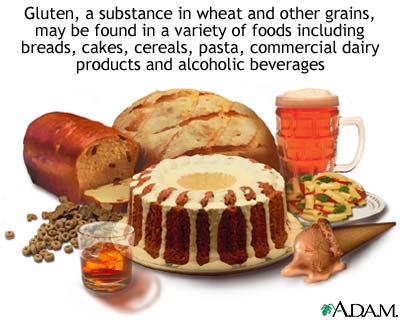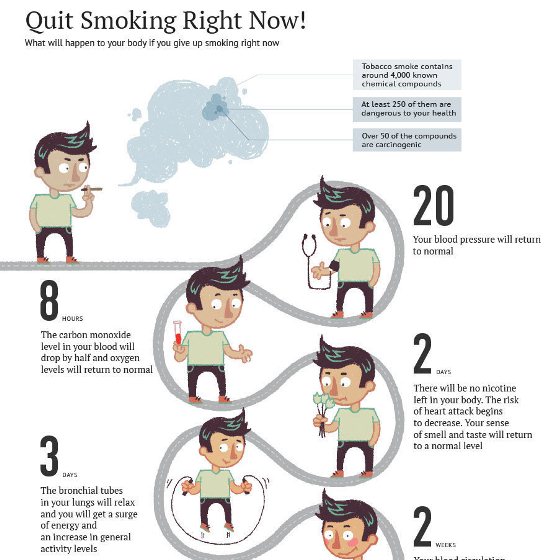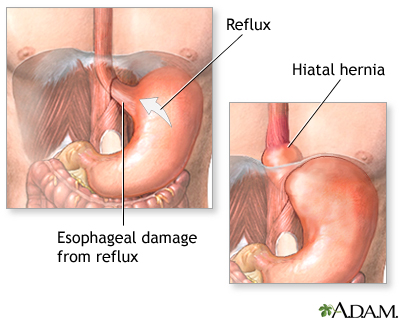Celiac disease, more commonly known as gluten intolerance, affects one in 133 Americans.
This lifelong disease causes intestinal problems when eating gluten, which is the common name for offending proteins in wheat (including durum, semolina, spelt, kamut, einkorn, and faro), rye, barley and oats.
Gluten is like poison to people with celiac disease.
How Common is Celiac Disease?
As many as 3 million people in the United States have celiac disease. It occurs when the body’s natural defense system reacts to gluten by attacking the lining of the small intestine.
Without a healthy intestinal lining, the body cannot absorb the nutrients it needs. Delayed growth and nutrient deficiencies can result and may lead to conditions such as anemia (a lower than normal number of red blood cells) and osteoporosis, a disease in which bones become fragile and more likely to break.
Other serious health problems may include diabetes, autoimmune thyroid disease and intestinal cancers.

Celiac disease affects those who are genetically susceptible. In fact, if one member of a family has celiac disease, about one out of 10 other members of the same family are likely to have it as well.
Some may harbor the tendency for a while without getting sick, but then stress, physical injury, infection, childbirth or surgery can actually “activate” the disease.
The disease mostly affects people of European (especially Northern European) descent, but recent studies show that it also affects Hispanic, Black and Asian populations as well.
How to Diagnose Celiac Disease
Because of the broad range of symptoms celiac disease presents, it can be difficult to diagnose. The symptoms can range from mild weakness, bone pain, and aphthous stomatitis to chronic diarrhea, abdominal bloating, and progressive loss.
According to the Proktochirurgie Werne experts, those with celiac disease who consistently consume gluten can increase their chances of developing gastrointestinal cancer by a factor of 40 to 100 times that of the normal population.
Furthermore, gastrointestinal carcinoma or lymphoma develops in up to 15 percent of patients with untreated or refractory celiac disease. Celiac disease should be quickly and properly diagnosed so it can be treated as soon as possible.
Testing is fairly simple and involves screening the patient’s blood for antigliadin (AGA) and endomysium antibodies (EmA), and/or doing a biopsy on specific areas of the intestines.
With a strict adherence to a 100 percent gluten-free diet, almost all complications caused by the disease can be prevented.
A gluten-free diet means avoiding all products that contain wheat, rye and barley, or any of their derivatives. This can be a difficult task as there are many hidden sources of gluten found in the ingredients of many processed foods.
It is important to read labels carefully and become educated on what types of ingredients to look out for.
Gluten Foods to Watch For
Durum flour, couscous, semolina, spelt, kamut, bulgur and triticale, a grain crossbred from wheat and rye, are all names for certain kinds of wheat.
Corn starch, wheat starch, dextrin, malt, maltodextrin, modified food starch, fillers, natural flavoring, hydrolyzed vegetable protein (HVP), emulsifier, stabilizer and hydrolyzed plant protein (HPP).
The Food and Drug Administration (FDA) has issued a final rule that defines what characteristics a food has to have to bear a label that proclaims it “gluten- free.” The rule also holds foods labeled “without gluten,” “free of gluten,” and “no gluten” to the same standard.
This rule has been eagerly awaited by advocates for people with celiac disease, who face potentially life-threatening illnesses if they eat the gluten found in breads, cakes, cereals, pastas and many other foods.
As one of the criteria for using the claim “gluten-free,” FDA is setting a gluten limit of less than 20 ppm (parts per million) in foods that carry this label.
This is the lowest level that can be consistently detected in foods using valid scientific analytical tools. Also, most people with celiac disease can tolerate foods with very small amounts of gluten. This level is consistent with those set by other countries and international bodies that set food safety standards.
“This standard ‘gluten-free’ definition will eliminate uncertainty about how food producers label their products and will assure people with celiac disease that foods labeled ‘gluten-free’ meet a clear standard established and enforced by FDA,” says Michael R. Taylor, J.D., deputy FDA commissioner for foods and veterinary medicine.
Foods that commonly contain gluten
Most cereals, grains, pastas, breads, and processed foods contain some type of gluten, unless, of course, they are specifically made to be gluten-free.
Vegetable cooking sprays, tomato pastes, spaghetti sauces, and veined cheeses, such as roquefort and blue cheese, may contain gluten.
Hidden sources of gluten
Many vitamins and medications can contain gluten in their additives. Always check with your doctor or pharmacist before taking any medication.
- Be careful of cross-contaminating foods. This can happen in the toaster, deep fryer, griddle, etc.
- Imitation seafood and instant or flavored coffees and teas
- Glue on envelopes and postage stamps
- Chewing gum
- Some lotions, creams, and cosmetics




